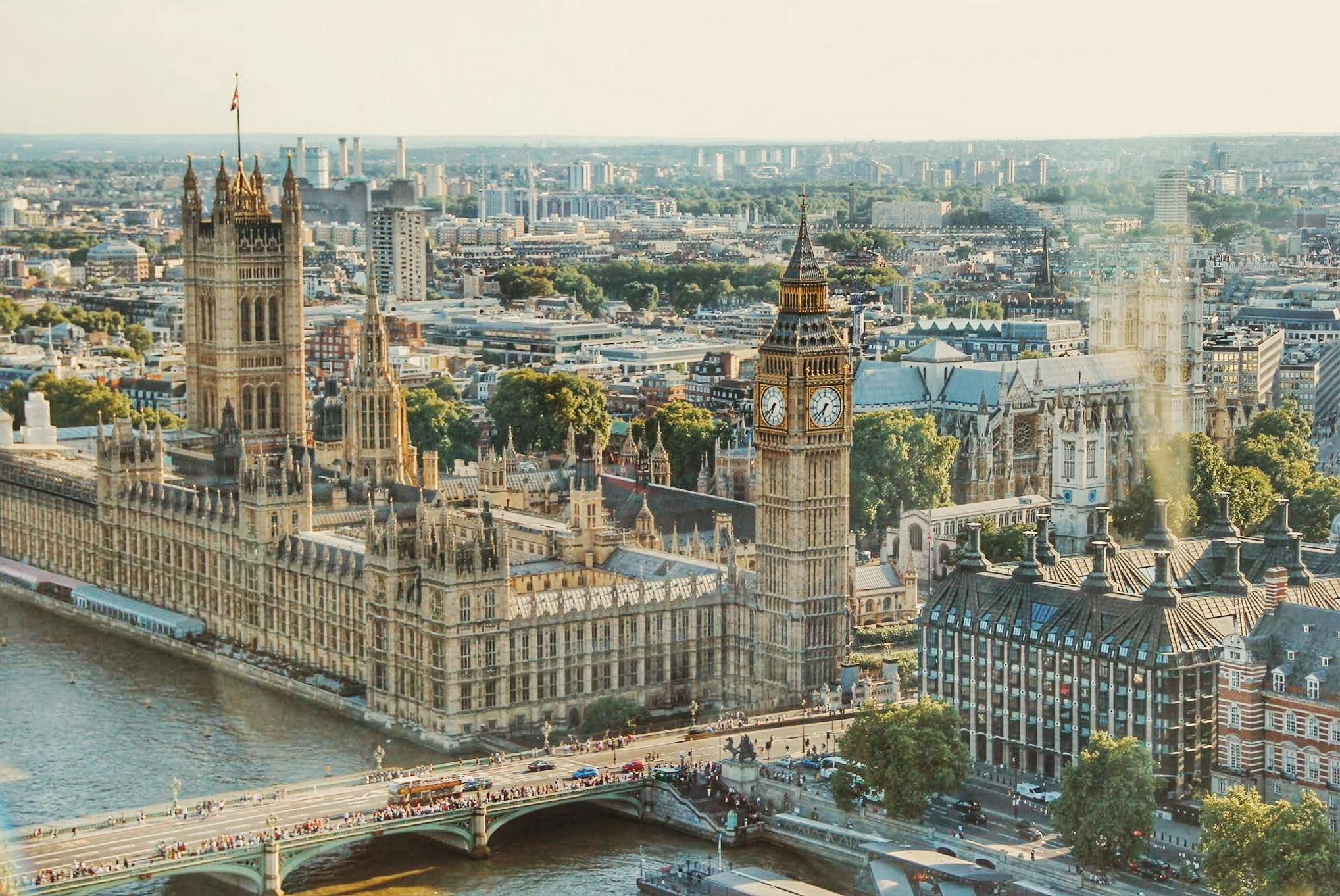Deciding what you’ll do with your pension is a major decision, and one of the options available to you is to remove money from your pension. If you’ve saved into a ‘defined contribution’ pension (sometimes called a ‘money buy’) during your working life, starting at the age of 55 (age 57 in 2028), you have the option to withdraw money out of your pension savings. However, making the wrong choice, such as withdrawing too much money out of your pension, could result in a significant cost such as a hefty tax bill and eventually running out of cash when you reach retirement. Additionally, withdrawing money out of your pension may also affect your tax credit or benefits overpayment. Before you make any decision to withdraw money out of your pension, it’s important to consider your current and future financial needs, as well as the potential tax implications of your decision. This article does not refer to pension plans where the amount you’ll receive is calculated in proportion to your salary.
Determining Your Financial Needs for Retirement Before Withdrawing Money from Your Pension Pot
Before you take any money from your pension pot, it’s important to determine how much money you actually need for retirement. This includes not just your daily living expenses, but also any specific plans or goals you have for retirement such as frequent holidays or pursuing a passion. You should also consider any major one-time purchases or expenses, such as a new car or home improvement. It’s important to keep in mind that retirement can last for 30-40 years or even longer, and you want to make sure you have enough money in your pension pot to cover all of your expenses and goals throughout that time. Once you have a clear understanding of how much money you’ll need for retirement, you can begin looking at the different options for withdrawing money from your pension pot, such as a lump sum or regular income stream. Keep in mind that taking money from your pension pot may have tax consequences and it’s important to consider this before making a decision.
Understanding the Tax Implications When Taking Money from Your Pension Pot?
Cash withdrawals from your pension could have tax implications when you take out more than the tax-free amount (typically 25 percent from your retirement). The money you take from your pension pot is subject to income tax. This means that if you take out more than the tax-free amount, you will be liable to pay income tax on the excess amount. However, you have the option to keep the remainder of the money in your pension pot until you decide to take more withdrawals or establish a regular income stream. It’s important to be aware of the tax consequences before making any decision about withdrawing money from your pension pot. In the event that you don’t, you could be faced with a substantial tax bill that you weren’t anticipating, which could have a significant impact on your retirement savings.
Costs to Consider Before Withdrawing Money from Your Pension Fund and Impact on Retirement Income
If you retire and begin withdrawing money from your pension, you could be charged a fee by the pension provider. Certain pension providers charge a fee for every withdrawal, whereas others might charge a flat fee or a percentage of the pension pot. These costs can have a significant impact on your retirement income, as they can decrease the amount of money you will receive in retirement. Additionally, there could be additional costs such as administration costs which also can reduce your retirement income. It’s important to consider these costs along with your other options before making any decision to take money from your pension fund as it can have long-term impact on your retirement income.
Consideration of Timeframe for Money to Last When Deciding to Withdraw from Pension Pot
When deciding to withdraw money from your pension pot, it’s important to think about how long you’ll need the funds to last. If you decide to take an unintentional lump sum, it’s likely that the money will last for as long as you earn an income, but if you want to withdraw a smaller amount over a longer period of time, it’s important to consider how long the money will last in relation to your retirement. It’s essential to consider how long you want the money to last when making your choice and plan accordingly.
Future Financial Needs and the Impact of Withdrawing Money from Your Pension Pot?
If you withdraw money from your pension today, you may not have it available if you require additional funds in the future. It’s something to think about when considering how much of your savings you want to take out. Even if you’ve witnessed how much your retirement savings decrease, it doesn’t mean you’ll need to put off your retirement completely. You could consider taking the maximum amount you can take tax-free and keeping the rest of your savings in the pension until you really need it. Alternatively, you could delay any major purchases you’d planned to make, or use other savings to bridge the gap. It’s important to consider all options before making a decision on how much money to withdraw from your pension pot, to ensure that you have enough funds to last throughout your retirement.
Risks and Dangers of Cashing Out Your Pension
Cashing out your pension isn’t without risk. One of the dangers of withdrawing money from your pension pot is that you may outlive the money you have earned, particularly if you decide to take your pension earlier. Additionally, there is a risk that you could lose value to your retirement savings or that it may decrease if the investment returns of the pension fund are lower than expected. It is important to ensure that you are aware of these risks prior to making a choice about withdrawing money from your pension pot, as it can have long-term implications on your retirement income and savings.
Options for Accessing Your Pension Pot in Retirement
There are a number of options available when it comes to accessing your pension pot in retirement. One option is to save your pension savings in the same place and then take them out later. Another option is to use your pension fund to purchase a guaranteed income for the rest of your life or for a fixed-term, also known as a ‘lifetime fixed term annuity’. The earnings are tax-deductible, and you are able to access a portion of your pension pot, typically up to 25 percent (sometimes more in specific plans) as a lump sum at the beginning. You can also use your pension fund to create an income that is flexible for retirement, sometimes referred to as “pension drawdown”. With this option, you can choose to take the amount you’re permitted to use as an tax-free lump sum (normally between 25 and percent from the total pot) and then apply the remainder to generate an income tax-free and regular. Additionally, you can make a few lump sums withdrawals, typically, the initial 25% of any lump sum you withdraw from your account will be tax-free, while the remainder will be assessed as income. Another option is to withdraw your pension in one lump sum, but typically only the initial 25% of it will be tax-free, while the remainder is tax-deductible. Finally, you can mix it up and pick any combination of the above options, making use of different components of your pension pot or separate pots, depending on how much you can take tax-free and how much you will need in the future.
Understanding the Various Choices Available for Investing Your Pension Pot in Retirement
It’s a complicated subject and deciding what to do with your retirement is among the most crucial choices you’ll make. It will affect your quality of life in retirement. There are various options available to you when it comes to investing your pension pot, such as keeping your savings in the same place and taking them out later, purchasing a guaranteed income for the rest of your life, creating an income that is flexible for retirement, making a few lump sum withdrawals, withdrawing your pension in one lump sum, or mixing it up and picking any combination of the above options. However, incredibly, more than three-quarters (35 percent) of pensioners are unaware of the various choices available to them the moment they decide to retire, as per research. It’s important to take the time to understand the options available to you and consider how they align with your retirement goals and needs.
Source data:
Online Omnibus was carried out through Opinium during June of 2021 to the LV group of 4,000 UK adults who were surveyed across the country.
The content of this article is intended for general information only and should not be treated as advice. Any person or business should take professional advice before acting on any information contained in the articles. The information and sources supplied are only relevant and applicable as at the time of writing. Though every attempt has been made to ensure the accuracy of the information, we do not accept any responsibility for any loss incurred as a result of any actions or omissions made as a result from reading this article.






